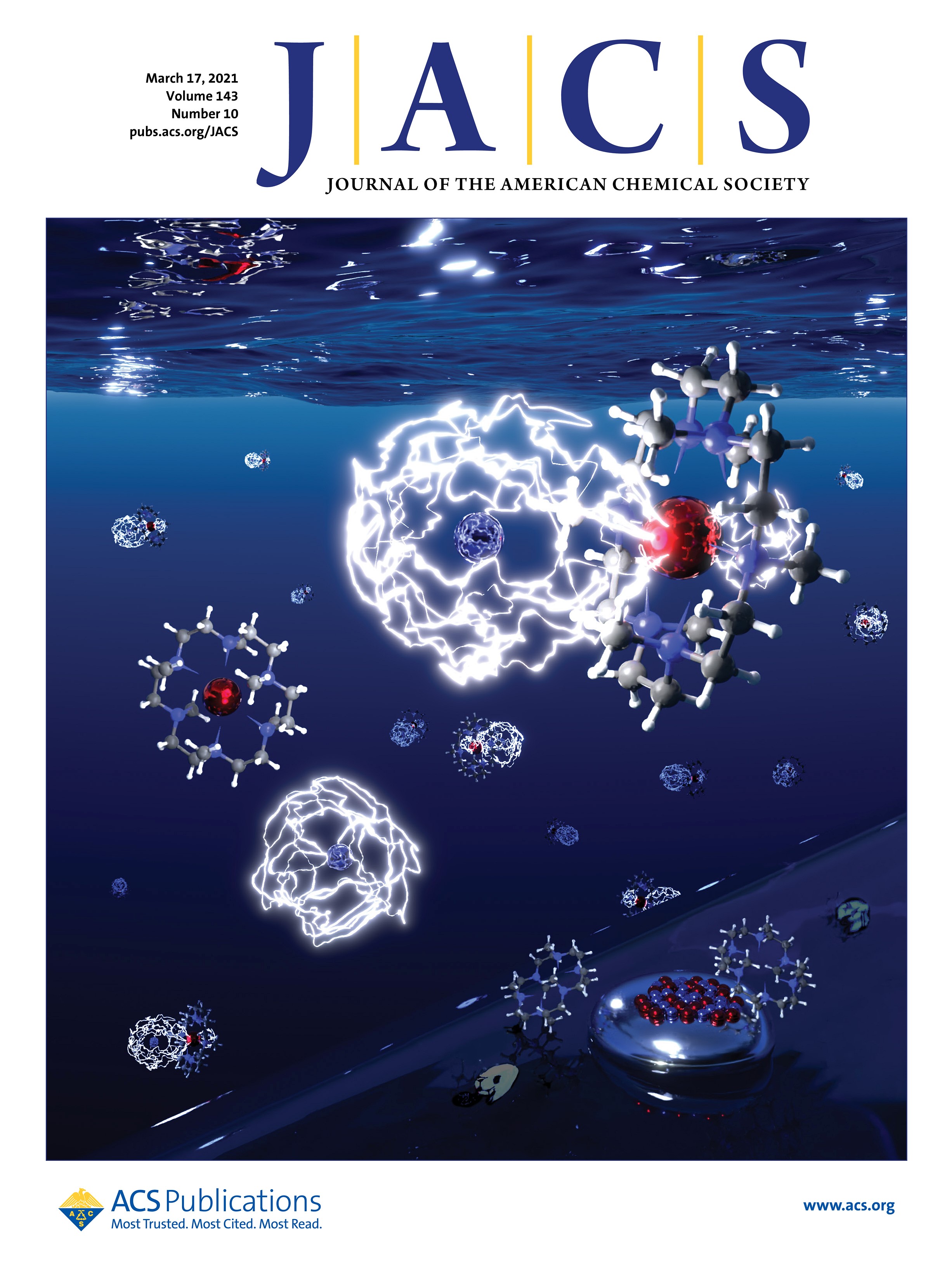Alkalides are negatively charged condensed phases of the Group 1 metals such as sodium and potassium. Due to the electropositive nature of these atoms, alkalides are challenging to form and require complex chemical environments, cryogenic temperatures and the presence of macrocycle-complexed counterions to stabilise the anion.
Previously, the anions were thought to have very little interaction with their local environment due to their invariant NMR signals. This led to them being described as 'gas-like' for almost three decades, in spite of the fact that they are very large anions and extremely polarisable.

In this comprehensive study, published in JACS, the researchers used concentration dependent ionic conductivity, dielectric spectroscopy and neutron scattering combined with ab initio calculations to show that, for the first time, the alkalides do interact with their environment. This occurs through the formation of species where the anion pairs with a large counterion such as complexes of heteroatom containing macrocycles and alkali cations, termed 'superalkalis'.
Left: Illustration of potential components of a sodide solution in HMHC/THF. Separately solvated complexed potassium (pink) cation (top right) and alkalide anion (top left) with its diffuse 3s2 valence orbital (blue) and a contact ion pair (bottom) in a medium of THF molecules (red) are indicated. J. Am. Chem. Soc. 2021, 143, 10
Small Angle Neutron Scattering (SANS) on the Nimrod instrument at ISIS was used to study the superalkali cation present in the system. Using contrast matching, the researchers were able to determine its size in solution, and whether it becomes larger in the presence of the alkalide. This enabled them to determine if the two were present predominantly in isolation, or as a pair.
By comparing the alkalide system with a control system, they could see that the alkalide ions did form pairs with the superalkalis. Based on their experimental results, the group used electronic structure calculations to investigate possible ways in which the ions could be binding to each other, their likely structures, and their stability.
The observation of the interaction of alkalide metals in solution indicates that, instead of the 'gas like' model previously proposed, these systems could actually exhibit a subtle chemistry that could have applications in photo- or electrochemistry.
 “The extraordinary spectroscopic signature of alkali metal solutions has given rise to long-standing debates about the nature of the probed species, suggesting perfect isolation from their environment in spite of a high polarizability and reactivity." explains Dr René Riedel from Imperial College London, one of the study's authors.
“The extraordinary spectroscopic signature of alkali metal solutions has given rise to long-standing debates about the nature of the probed species, suggesting perfect isolation from their environment in spite of a high polarizability and reactivity." explains Dr René Riedel from Imperial College London, one of the study's authors.
“In agreement with our previous experimental experiences as to this 'gas-like' model being flawed, Nimrod's extensive Q-range and resolution allowed us to make a compelling argument for the predominant formation of alkalide ion pairs." He adds; “This finding really is an essential milestone in the development of alkalide applications, and we hope will open up these peculiar systems for even more detailed spectroscopic studies."
Further information
The full paper can be found at DOI: 10.1021/jacs.1c00115
Right: cover page of J. Am. Chem. Soc. 2021, 143, 10. Article featured on pages
